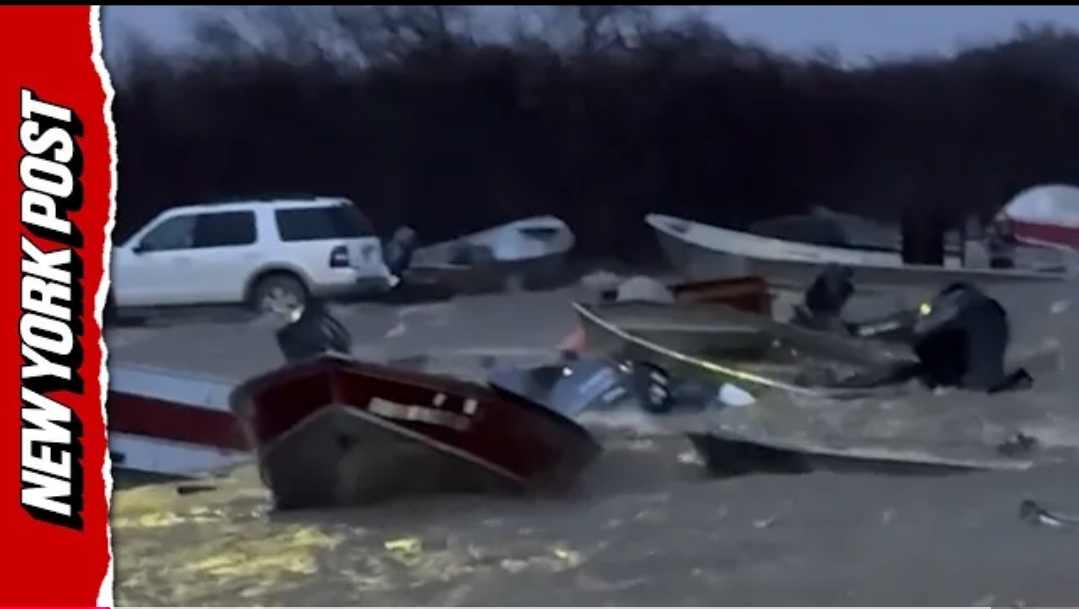Typhoon Halong Batters Alaska, Causing Widespread Flooding and Power Outages
Anchorage, Alaska — October 20, 2025:
Remnants of Typhoon Halong slammed into Alaska’s southern coast over the weekend, bringing record-breaking rainfall, hurricane-force winds, and widespread flooding across several communities. The once-powerful Pacific typhoon, which had weakened into a post-tropical cyclone before reaching U.S. shores, unleashed a storm system that meteorologists are calling “one of the most severe in decades.”According to the National Weather Service (NWS), coastal areas from Kodiak Island to the Kenai Peninsula experienced wind gusts exceeding 90 miles per hour, while inland towns faced torrential rain that caused rivers to overflow and highways to wash out.
“The scale of flooding we’re seeing is unprecedented for this region,” said Lisa Coleman, a senior meteorologist with the NWS Anchorage office. “This is the kind of rainfall we’d expect in the tropics, not Alaska.”
Emergency officials have declared a state of disaster in several boroughs, including Anchorage, Valdez, and Homer, as rescue teams work to evacuate residents trapped by rising waters. The Alaska Department of Transportation reported multiple road closures and warned travelers to avoid unnecessary movement until conditions improve.
Power companies estimated that over 45,000 homes and businesses were without electricity at the peak of the storm. Efforts to restore power have been slowed by landslides and fallen trees blocking key access routes.
Scientists say Typhoon Halong’s path toward Alaska highlights a worrying trend of intensifying Pacific storms linked to climate change.
“Warmer ocean temperatures are allowing tropical systems to maintain strength farther north than ever before,” explained Dr. Ryan Morgan, a climate researcher at the University of Alaska Fairbanks. “This storm is a stark reminder that the Arctic is no longer immune to tropical weather impacts.”
As skies begin to clear, authorities are now shifting focus from rescue to recovery. Damage assessments are underway, with early estimates suggesting tens of millions of dollars in losses to infrastructure, fisheries, and coastal properties.
Residents, meanwhile, are grappling with the aftermath.
“We’ve seen storms before, but nothing like this,” said Kara Dawson, a local from Seward. “The wind sounded like a freight train, and the water came up so fast we barely made it out.”
Meteorologists warn that while Typhoon Halong has moved eastward, additional rainfall and coastal erosion could continue in the coming days as the storm’s remnants interact with colder air masses from the Arctic.
Would you like me to make this sound more like a TV news script or a short online news blog post (e.g., under 200 words)?
